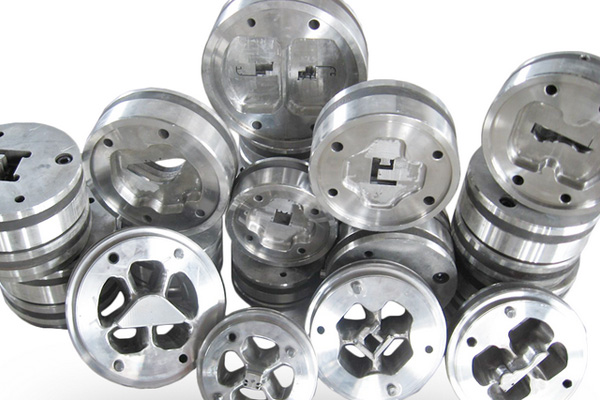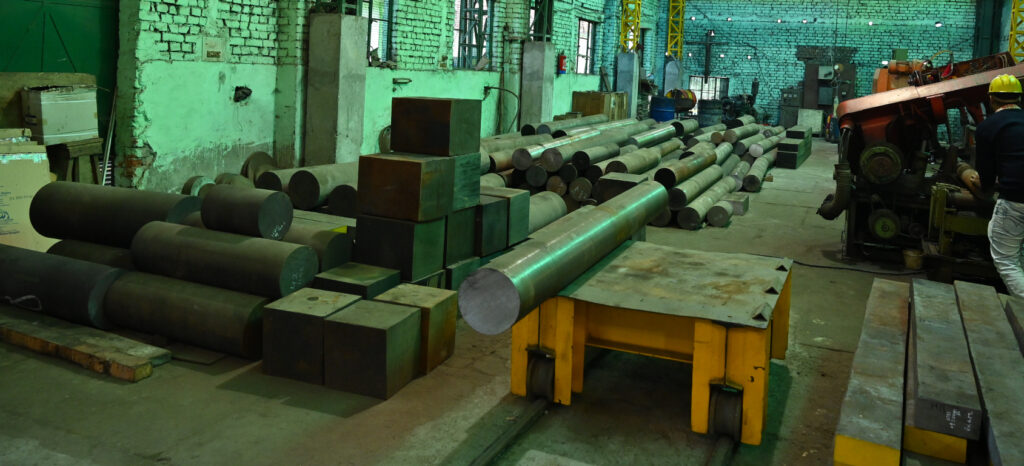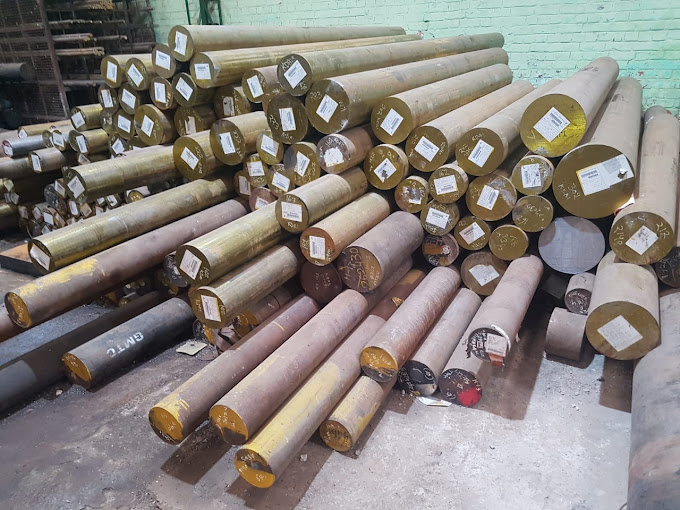Extrusion processes demand materials that can withstand extreme conditions, and H13 tool steel has emerged as a top choice for extrusion dies. Its unique combination of properties makes it ideal for this application.
Understanding H13 Tool Steel
H13 is a chromium-molybdenum-vanadium alloy steel, classified as a hot work tool steel. It is designed to endure high temperatures, resist thermal fatigue, and maintain structural integrity under demanding conditions. Key properties include:
- High Thermal Resistance: Withstands extreme heat without losing strength.
- Toughness and Durability: Handles impact and wear during heavy-duty operations.
- Thermal Conductivity: Promotes effective heat dissipation, preventing die failure.
- Wear Resistance: Resists abrasion and erosion, extending die life.
Advantages of H13 for Extrusion Dies
- Temperature Resistance
Extrusion dies operate under high temperatures due to the friction and pressure involved in the process. H13 steel excels in environments where tools are exposed to temperatures up to 600°C (1112°F) or higher. Its ability to maintain hardness and strength at elevated temperatures ensures the die’s performance and longevity. - Hardness and Strength
The hardness of H13 steel offers a Rockwell hardness range of 48-54 HRC, making it suitable for heavy-load applications. This ensures that the die can withstand repeated impacts and prolonged usage without succumbing to premature wear. - Thermal Conductivity
Heat buildup in dies can lead to dimensional changes, premature wear, and reduced production efficiency. H13’s excellent thermal conductivity ensures uniform heat distribution, which not only protects the die but also enhances the quality of the output by reducing imperfections in the finished product. - Toughness and Impact Resistance
Dies often face high pressure and sudden impacts during operations. H13 steel’s inherent toughness and impact resistance make it capable of absorbing shocks without cracking. This property is especially critical for industries such as automotive manufacturing, where precision and reliability are paramount.
Applications of H13 in Extrusion
H13 steel is used across a broad range of extrusion applications, including:
- Aluminum Extrusion Dies: Withstands molten metal temperatures and repetitive cooling cycles.
- Plastic Extrusion Dies: Handles high-impact loads without deforming.
- Steel Extrusion Dies: Provides excellent resistance to thermal wear and pressure.
Conclusion
Selecting the right material for extrusion dies is crucial for ensuring durability, efficiency, and precision in manufacturing processes. H13 tool steel stands out as a preferred choice due to its excellent combination of toughness, temperature resistance, and durability. Its unmatched combination of properties makes it an indispensable material for demanding applications.
FAQs
- What makes H13 steel unique for extrusion dies?
Its exceptional balance of toughness, thermal resistance, and wear resistance. - How does heat treatment impact H13 steel performance?
Heat treatment optimizes hardness and toughness, enhancing durability. - What industries benefit the most from using H13 steel?
Industries like die-casting, forging, and extrusion heavily rely on H13 steel. - How to identify high-quality H13 steel suppliers?
Look for certifications, test reports, and a proven track record of reliability. - What are the common challenges when using H13 dies?
Issues like thermal fatigue and cracking can arise if not properly maintained.
For more information or to discuss your steel needs, Virat Special Steels invites you to reach out through their contact details provided, ensuring a professional and informative experience.



